Microsoft Surface Pro 7 First Impressions
- Paul Thurrott
- Oct 21, 2019
-
28

It’s unclear whether Surface Pro 7 is the swan song for this venerable product line. But the form factor really works, and it’s no wonder that this 2-in-1 is Microsoft’s best-selling and most beloved PC.
As you may recall, Surface Pro debuted alongside the doomed Surface RT in 2012, but the product didn’t actually ship to customers until early 2013. The first two Surface Pro generations were clunky 16:9 devices that were ill-equipped to meet the needs of most users, though some innovations, like the kickstand, and the replaceable Type Cover and Surface Pen, with their personalization capabilities, continued forward and were improved.
Windows Intelligence In Your Inbox
Sign up for our new free newsletter to get three time-saving tips each Friday — and get free copies of Paul Thurrott's Windows 11 and Windows 10 Field Guides (normally $9.99) as a special welcome gift!
"*" indicates required fields
With the third-generation Surface Pro 3, released in mid-2014, Microsoft finally hit its stride. This was the tablet that could replace your laptop, and it featured the basic form factor and feature set that we’ve been enjoying ever since in each of the four subsequent product generations: Thin and light, with a 3:2 display, a variably-adjustable kickstand, and, in more recent years, fanless and silent operation in all but the Core i7 versions.

I’ve reviewed every version of Surface Pro except for Surface Pro 6. And it’s clear that this form factor is a classic, as iconic and trendsetting as the second-generation MacBook Air. So Microsoft, at least for now, is not messing with success.

That’s both good and bad, of course: The display bezels on the Surface Pro 7, like virtually everything else on this device, are identically large to those of the past three or four Pro generations. They are anachronistic when compared to the thin bezels we see virtually elsewhere else today. Hurting matters further, Microsoft will soon release an ARM-based Surface Pro X with ultra-thin bezels that points to the future of the product line. Viewing them side-by-side, Surface Pro suffers even more, and it’s hard not to imagine how much this device would be improved by a bigger display in the same body.

But whatever. If it ain’t broke, there’s no need to fix it, and Microsoft has at least upgraded the internals of this product line with each new generation. For Surface Pro 7, we get 10th-generation Intel Core processors—Core i3-1005G1, Core i5-1035G4, or Core i7-1065G7, depending on the model, and with Intel Iris Plus Graphics in the Core i5 and i7 variants—4 to 16 GB of LPDDR4x RAM, and 128 GB to 1 TB of speedy solid-state storage.
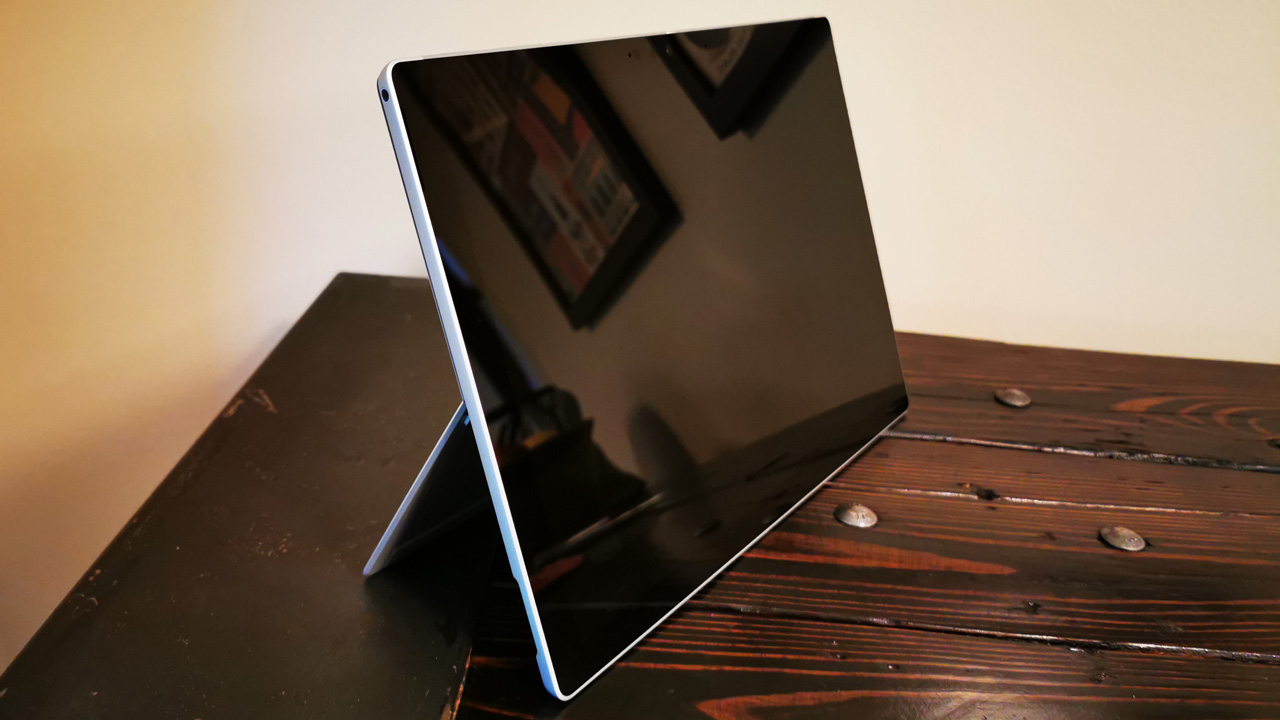
And this year they even added a USB-C port, replacing the aging miniDisplayPort from previous versions and effectively doubling the on-device expansion capabilities. (OK, not quite, as there’s a microSD card slot too. But you get the idea.) This answers a long-time complaint I’ve had about Surface Pro, that it could easily accommodate two USB ports. Now it does: One is USB-A and one is USB-C. Good.

Little else has changed. Surface Pro 7 still utilizes a 12.3-inch PixelSense display with a 3:2 aspect ratio and a resolution of 2736 x 1824 (267 ppi). That display still sports 10-point multitouch capabilities and is compatible with both Surface Pen and Surface Dial. It’s still bright and crisp and generally excellent, and it still offers ambient light sensing for automatic screen brightness. And, truth be told, it’s still a bit small for my tastes, which skew to a 14-inch size that Surface Pro will likely never attain. (That said, the 13.5-inch Surface Book 2 works well as a tablet in Clipboard mode, and that might be an interesting direction for future Intel-based Pros.)
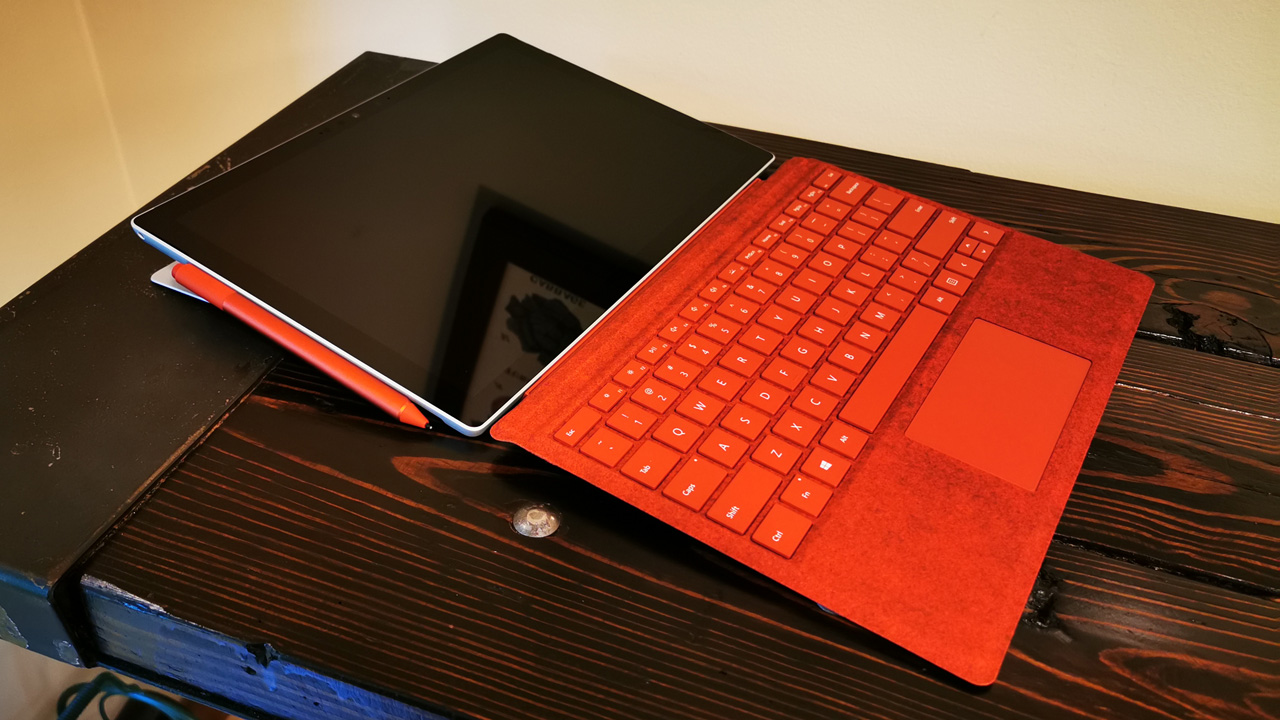
The kickstand is likewise still excellent and offers an incredible range of positions from nearly flat to nearly upright and everything in-between. It’s also quite steady in whatever position you set it, and you’ll never need to make micro-corrections. Just set it and forget it.
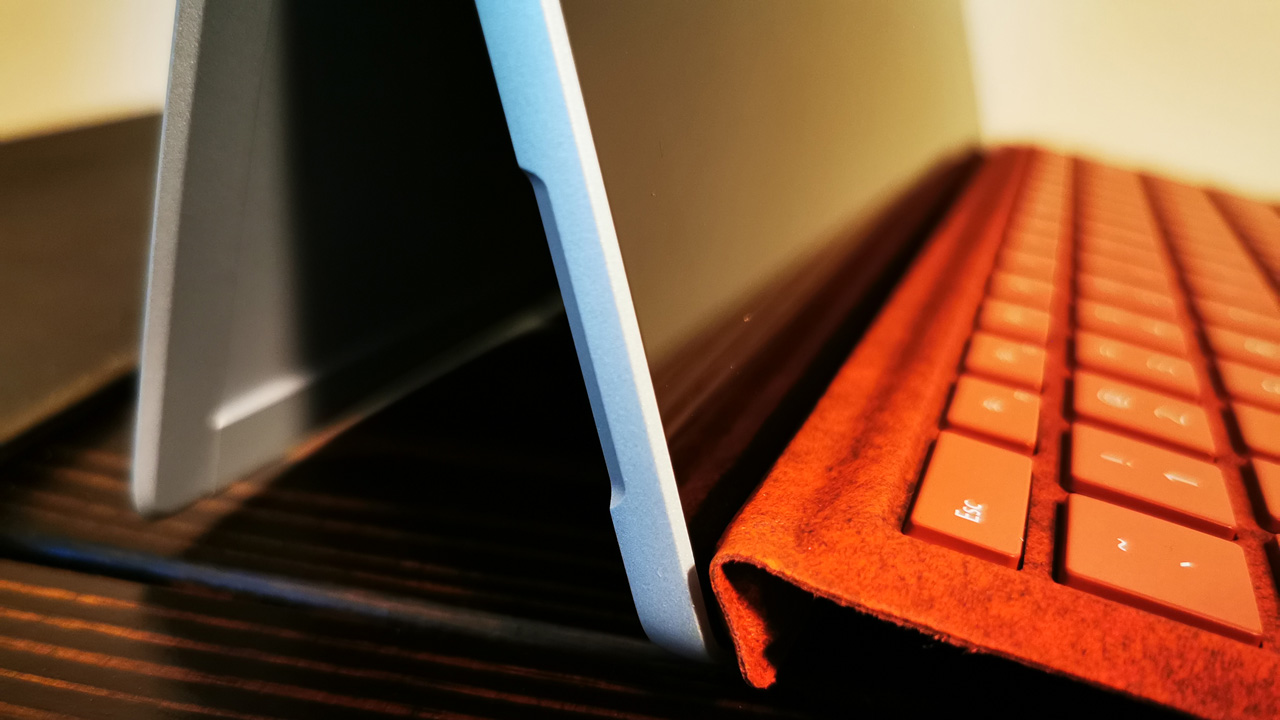
Some criticize the Pro series for being non-lappable. That’s fair, depending on the size of your upper legs, but then that’s true of some normal laptops too. I’m pretty tall, but I struggle to use Surface Pro 7 on my lap, and it will likely be problematic if you wish to use it like a laptop in a cramped airline tray table.

That said, the versatility of this design will outweigh these issues for many. The Pro is thin and light—just 1.7 pounds without the Type Cover, making it an ideal travel companion. And its kickstand makes it an ideal option for enjoying a movie in that cramped airline seat or anywhere else. Artists and note-takers will love the optional Surface Pen, and those who love using tablets can’t find a better option on the Windows side of the fence.
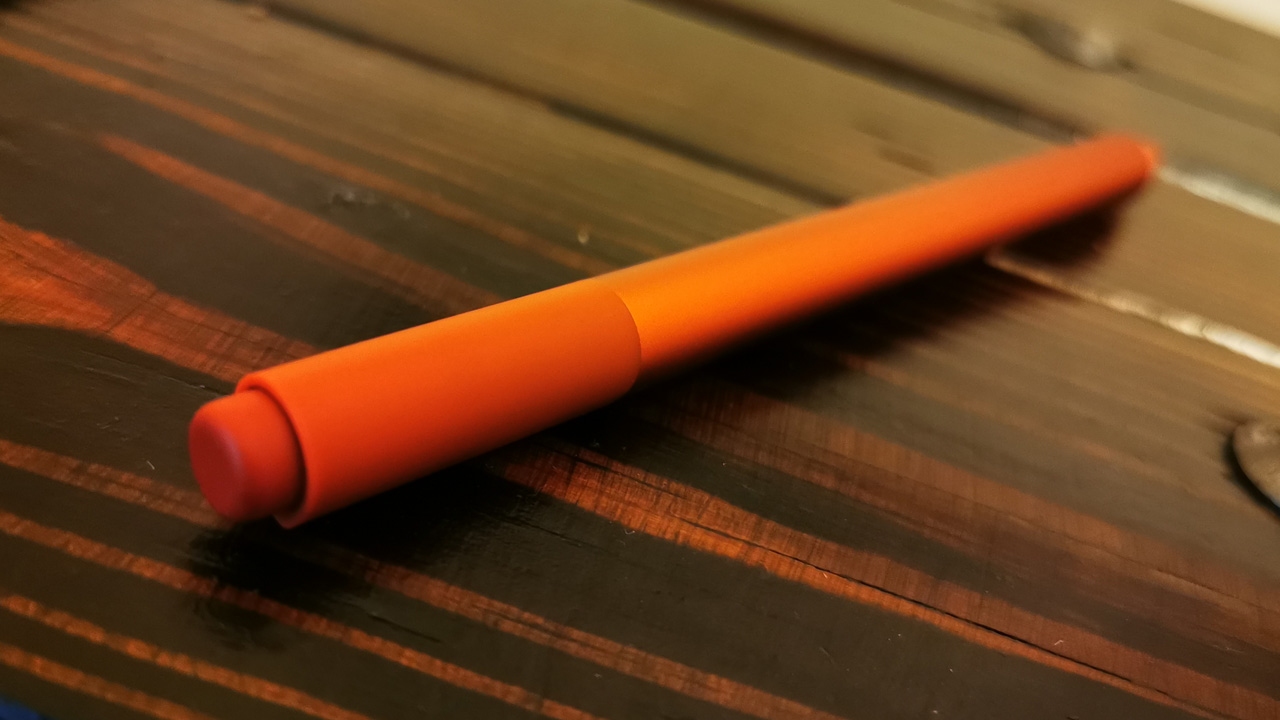
Some also complain that Surface Pro doesn’t ship with a Type Cover, which is an obviously necessary component, thanks to its surprisingly good keyboard and precision touchpad. But that’s misguided: Being able to choose your own Type Cover, with a custom color, material, or other design, is a key part of Surface Pro’s appeal. And I love the vibrant red Type Cover (and matching Surface Pen) that Microsoft loaned me with the review unit. (That said, it has a strong chemical smell when it comes new out of its packaging. That subsides over time.)

Also good, Microsoft claims that Surface Pro 7 gets up to 10.5 hours of real-world battery life. And, no, they’re not measuring that with streaming video. I’ll test that, but anywhere close to 10.5 hours is all-day battery by any realistic measure.

Finally, there’s the price, which is surprisingly reasonable. Surface Pro starts at just $750, though that doesn’t include a Type Cover, which you will need, and a Surface Pen, which you may need. If you have a Surface Pro 5 or newer (and possibly a Surface Pro 4), your existing Type Cover and Pen should work fine. But factor in about $160 for a Type Cover and $100 for a Surface Pen.

That $750 starting price also gets you a somewhat underpowered tablet 2-in-1, too, thanks to its Core m3 processor, 4 GB of RAM, and 128 GB of SSD storage. But a more realistic configuration—Core i5, 8 GB, and 128 GB—is a still-reasonable $900. So about $1060 with a Type Cover.
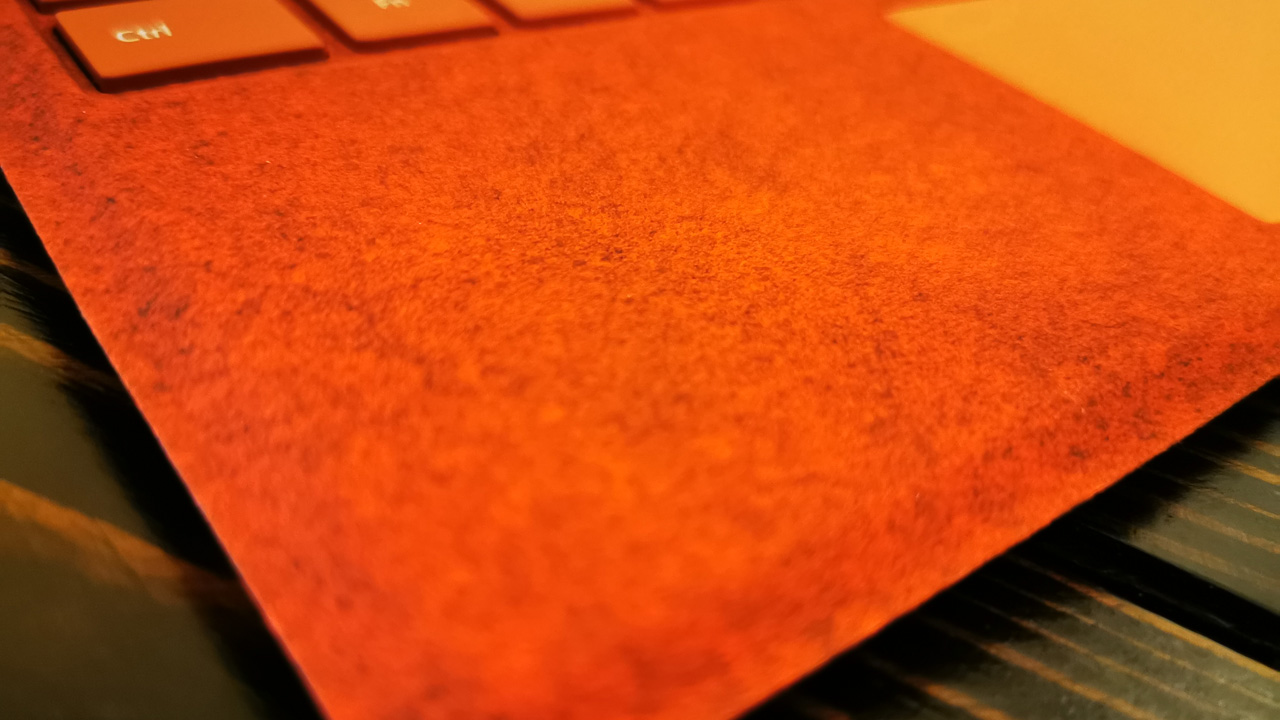
Given its versatility, portability, and customizability, that seems like a fair price. But I’ll find out for sure during the review process, and I’ll be traveling with Surface Pro 7 to Microsoft Ignite in about two weeks.
More soon.
Tagged with
Conversation 28 comments
-
Hifihedgehog
<p>Looking at the swath of reviews from Engadget and TechRadar, I would be led to believe that battery life has taken a definite "downgrade" (Engadget's words, not mine) despite Microsoft's change in their battery life testing methodology. I would venture to guess this is partly due to 10nm processors not being as refined yet in power efficiency as their 14nm brethren, whose manufacturing have been greatly refined and matured at this point. Another source of the drop is the battery has actually been decreased in capacity for the first time since the Surface Pro 4, which according to a battery report posted online is now 43.2 Wh instead of the 45 Wh that the Pro 5 and 6 had.</p><p><br></p><p>That said, I believe Engadget made a mistake in their testing because no 10th Gen Ice Lake device from Dell or HP has seen a halving of battery life compared to previous generation devices like they are reporting for the Surface Pro 7. At most, we should see maybe a 1 to 2 hour drop in battery life compared to the previous generation if NotebookCheck's meticulous battery tests are anything to judge by. Windows Central seems to have actually run a repeatable, reliable benchmark (<span style="color: rgb(16, 16, 16);">PCMark 10's new battery benchmark dubbed "Modern Office.")</span>, and quotes around 8 hours for the Surface Pro 7 versus the Pro 6. So we will be trading in some battery life, but it is not doom and gloom, Surface Pro 1 levels like Engadget is saying.</p>
-
Thom77
<p>Most laptops prices could be considered reasonable too ….. if they didnt come with a keyboard and they had a $160 price cut to reflect it. Although, i don't consider $750 reasonable for a m3 when their are i5's laptops at competing price points … with a keyboard. </p><p><br></p><p>I've read on a Surface forum in the past where homemade tests were done on the Surfaces and the i5 really isnt worth it (except for the 8Gb) in regards to processor power because it was throttled down to m3 results because of the lack of a fan. Don't know if that is still the case now, but they had charts of tests done, even recorded results on different type of tabletop surfaces … it was pretty extensive and thorough.</p>